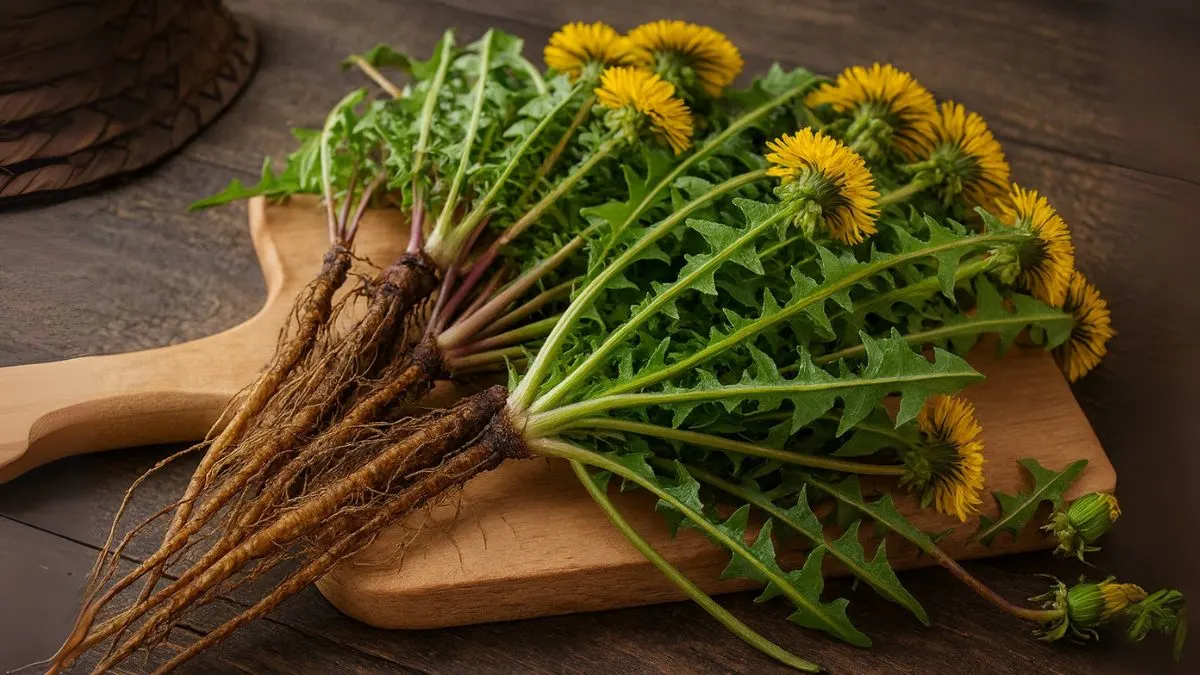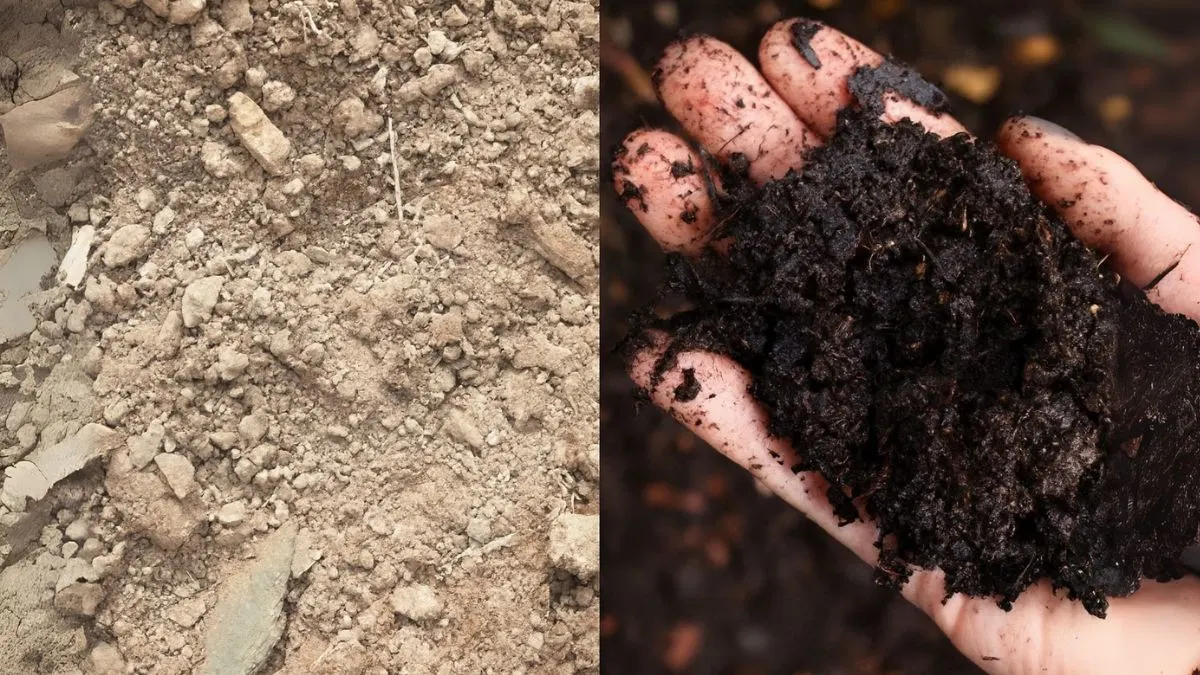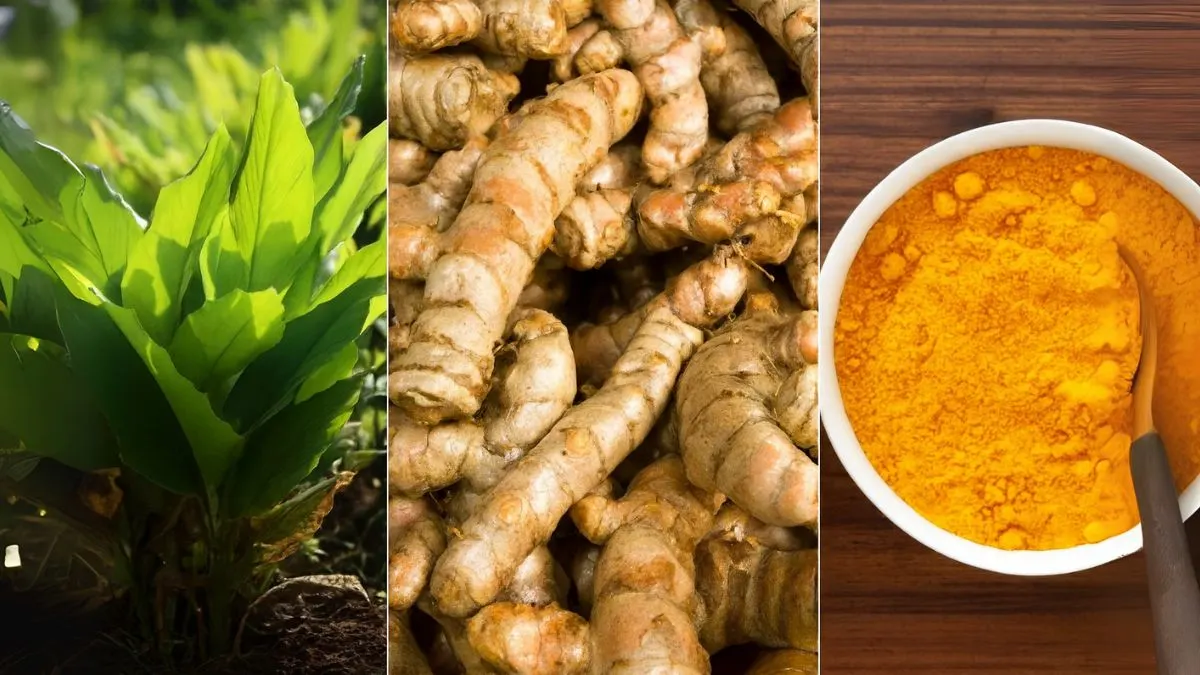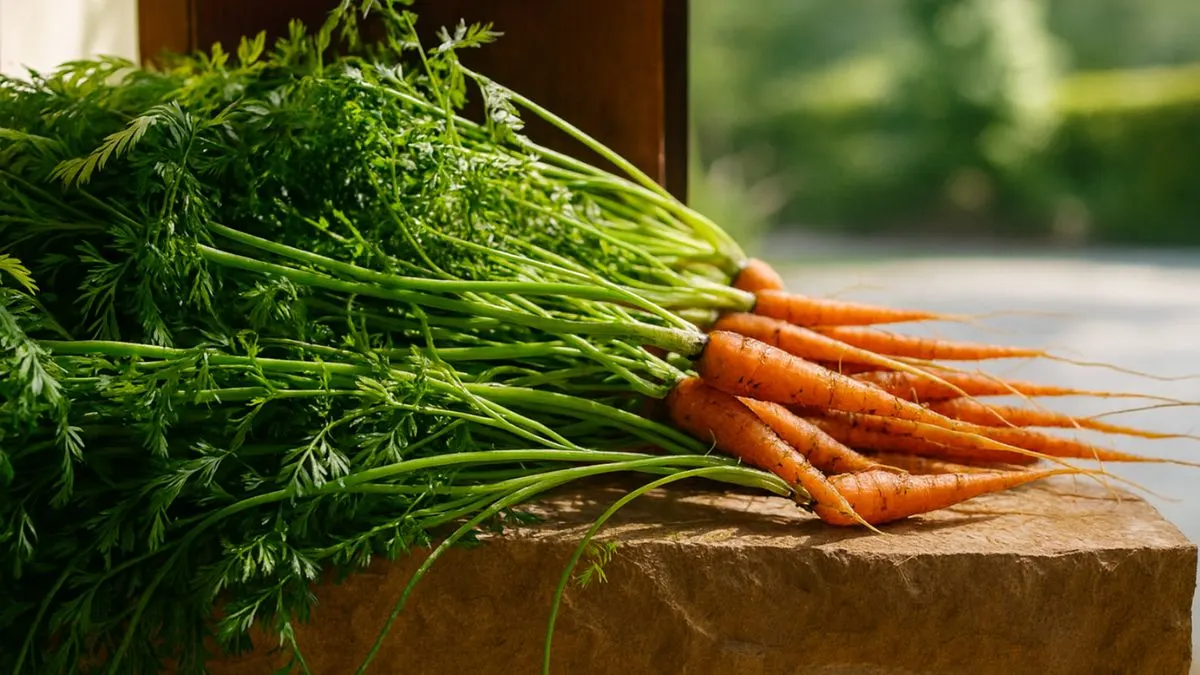For most gardeners in North America, dandelions are just stubborn weeds that invade lawns. Yet, this common plant hides an extraordinary secret underground. Dandelion roots are a hidden treasure with centuries of use in traditional medicine, herbal teas, and even modern supplements.
But why exactly are the roots considered the most important part of the plant? Let’s explore their nutritional profile, ecological role, and healing properties.
1. The Nutrient-Rich Powerhouse
When it comes to nutrition, the root is where most of the magic happens. It’s packed with nutrients and health-promoting properties, making it more than just a gardening nuisance.
Scientific studies reveal that dandelion roots are a hidden treasure with a wide range of benefits because they are rich in beneficial compounds like inulin, sesquiterpene lactones, taraxasterol, and triterpenes. These compounds are linked to gut health, immune support, and detoxification.
Personally, I first tasted roasted dandelion root tea while visiting a farmer’s market in Ontario, Canada. It had a rich, coffee-like flavor—without the caffeine crash. That single cup convinced me that this “weed” was truly misunderstood.
2. Dandelion Roots and Soil Health
Beyond human health, dandelions play a vital role in nature. Dandelions are soil aerators loosening compacted soil, creating pathways for water and oxygen to reach deeper layers.
Even more fascinating, dandelion roots draw essential nutrients from the depths of the earth. These nutrients—such as calcium, iron, and magnesium—become available to surrounding plants. In fact, its deep roots pull up nutrients for plants with shallower roots, acting like nature’s underground fertilizer system.
For gardeners in the USA and Canada, this means that leaving some dandelions in your yard can actually improve the health of your entire garden.

3. Health Benefits Beyond the Roots
While the root is the star, it’s important to note that dandelion leaves, roots, seeds, and flowers may offer health benefits.
- Leaves: Rich in vitamins A, C, and K, often added to salads or smoothies.
- Flowers: Used for teas, wines, and skin remedies.
- Seeds: Support pollinators and soil enrichment.
Yet, the root remains the most therapeutic, thanks to its unique blend of plant chemicals.
Also Read: 5 Permanent Crops to Plant This Spring for Harvests That Last a Lifetime
4. Dandelion Roots in Modern Wellness
Today, dandelion roots are used globally in:
- Herbal teas and coffee substitutes – popular in health-conscious communities in the USA and Canada.
- Supplements and extracts – believed to support liver detox and digestion.
- Traditional remedies – used for centuries in Chinese and Native American medicine.
The demand for dandelion-based products has skyrocketed as more people recognize that dandelion roots are a hidden treasure for natural healing.
5. Quick Comparison: Roots vs. Leaves
Here’s a simple breakdown of what makes roots so unique:
| Part of Plant | Key Benefits | Standout Feature |
| Roots | Detox, digestion, nutrient extraction | Inulin, lactones, taraxasterol |
| Leaves | Rich in vitamins & minerals | Great for salads |
| Flowers | Antioxidants, skincare | Used in teas & remedies |
| Seeds | Ecological benefits | Pollinator support |
While every part contributes, the root clearly emerges as the nutrient-dense foundation of the plant.
Also Read: Low-Maintenance, High-Flavor: Perennial Herbs for Endless Harvests
More Than Just a Weed
It’s time to rethink the dandelion. Far from being a pesky lawn invader, it’s a natural ally for both human health and the environment.
- Dandelion roots draw essential nutrients from the soil.
- Its deep roots pull up nutrients for plants with shallower roots, supporting overall garden health.
- They are packed with nutrients and health-promoting properties that benefit digestion, immunity, and detox.
- And they prove that even the most overlooked weeds can be treasures in disguise.
So next time you see a dandelion sprouting in your yard, don’t rush to pull it out. Instead, consider harvesting its root—your body and your garden might thank you.



